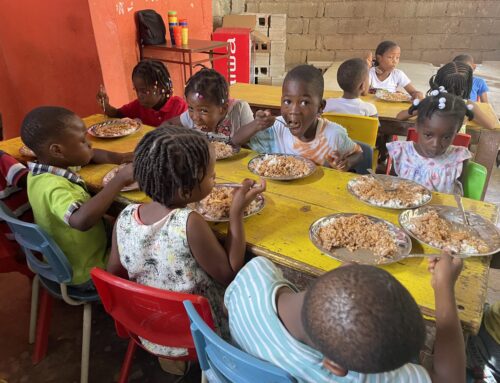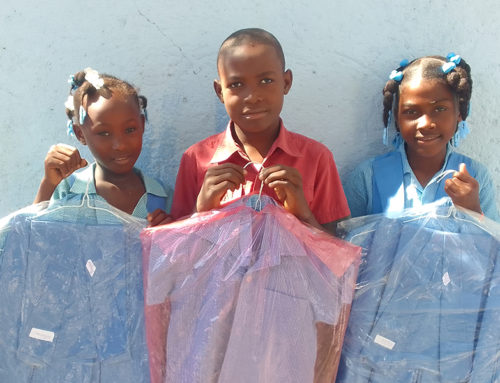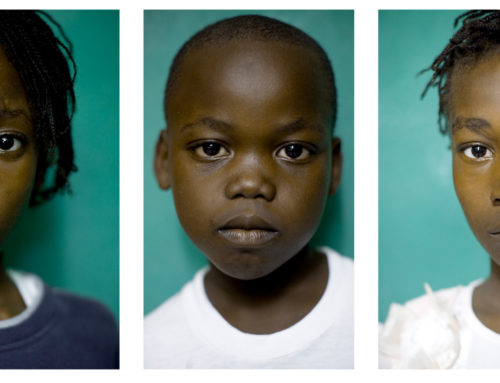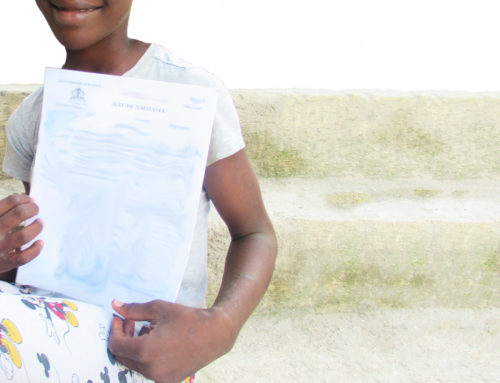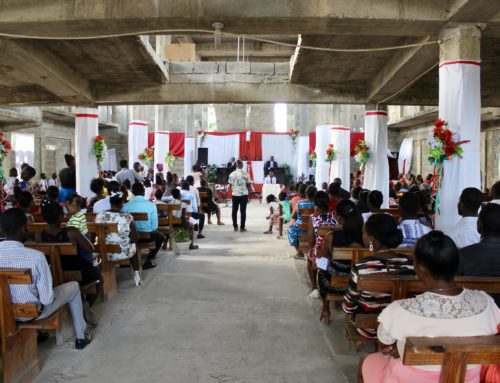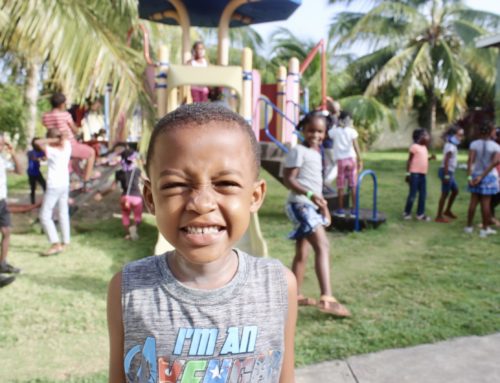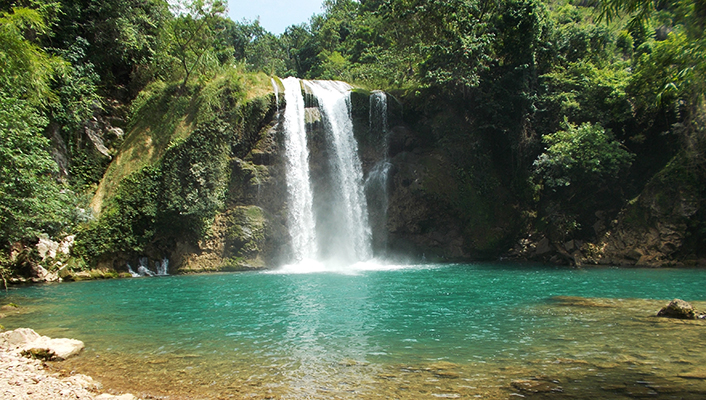
The nation of Haiti had a vibrant tourism scene during the 70s and 80s; however, natural disasters and a fragile political climate led to the tourism numbers dwindling in the area. Now, more and more interested travelers are making their way to Haiti to experience the rich culture that exists there. Restavek Freedom works with community members to see the end of child labor and human trafficking in the area, and we are eager to educate tourists of the responsible and positive ways to interact with this complex, vibrant culture.
Here are 5 Things to Know When Visiting Haiti for the First Time:
Responsible Tourism
As you consider an upcoming trip to Haiti, it’s especially important to establish an understanding for a respectful, responsible, and sustainable travel experience. How each traveller acts in Haiti and engages with its people makes a difference for local communities, economies, future tourism, and also organizations like Restavek Freedom who have a reputation in the area. Avoid the temptation to point your camera at everything you see. First, take it in and observe the world that you’ve entered into. Haitians are proud people, and sensitive to how their image is conveyed to the world. When touring a country, always contact local guides and people from the area to learn best practices when it comes to engaging in community and culture. Spread the money that you spend, and avoid giving any directly to children asking for it; unfortunately, that’s a huge way to support child trafficking.
Be Friendly!
Learn a few greetings in the local language of Creole and respectfully greet people you meet. This allows people to see that you’re trying to understand the nation and the customs, and that you’ve done your homework. You might find that Haitian people are guarded at first, but if you establish an attitude of wanting to learn and experience, chances are you will be able to engage in some interesting and cross-cultural conversations with locals. Haitians are social and quick to share: offer information about yourself and demonstrate a genuine sense that you want to know the people who you are talking with. Share a meal and make a new friend!
Photography
For photographers interested in capturing portraits of the Haitian people, you’ll need to tread carefully and respectfully. No one wants a camera shoved in their face. Many Haitians are especially hesitant considering the number of reporters who have come through, especially after major disasters have taken place. It’s always best to get to know the subject of your photograph before you get started in taking a lot of pictures. This is true of a hike, a field of flowers, and especially of other people. Establish rapport with the people you want to photograph, and ensure that they are comfortable with pictures being taken before you even pull out your camera. Be careful of any pictures you take of children. Child slavery in Haiti is prevalent, and you want to always air on the side of caution.
Political Climate
Rich in resources, Haiti became increasingly popular to European colonists in the 1600s and 1700s, who brought over thousands of slaves from Africa to farm the land and settle the country. Haiti became the first independent Caribbean state when it threw off French colonial control, under the leadership of former Haitian slave Toussaint L’Ouverture, in a nearly fourteen year war in the early 19th century. It became the most successful slave revolt in history. It not only ended slavery in Haiti, but also established Haiti’s independence as a country in the process. However, decades of poverty, deforestation, violence, instability, and dictatorship have left it as the poorest country in the Americas. A fiercely proud group of people, most Haitians have experienced an onslaught of political instability in their lifetimes. Invest in literature before your trip to dig more into L’Ouverture’s life, the slave revolt, and how child slavery in Haiti still exists.
Natural Beauty
Haiti is rich in mountains, rivers, and beaches. It is a country with plenty of waterfalls, many of which offer not just spectacle but great places to swim and picnic. The Saut d’Eau falls are a popular religious space. They attract a large number of voodoo and Catholic pilgrims to their “healing waters.” Haiti’s blend of mountain and beach makes it a unique stop in the Caribbean. As a whole, the country has yet to be taken over with big-box resorts, and retains much of its natural and rustic beauty.
Join Us
At Restavek Freedom, we have dedicated ourselves to ending child slavery in Haiti in our lifetime. We focus our work and our influence to freeing children from isolation, exploitation, and abuse. In addition, our work involves educating and engaging with families so children do not end up as slaves and transforming hearts through national outreach efforts that empower change. Founded in 2007, we have a strong Haitian-led team working throughout Haiti, with staff based in Port-au-Prince and Port Salut, as well as a small support staff in Cincinnati, Ohio. Donate now, sponsor a child, and join us today to discover how you can play a part in ending child slavery in Haiti.


